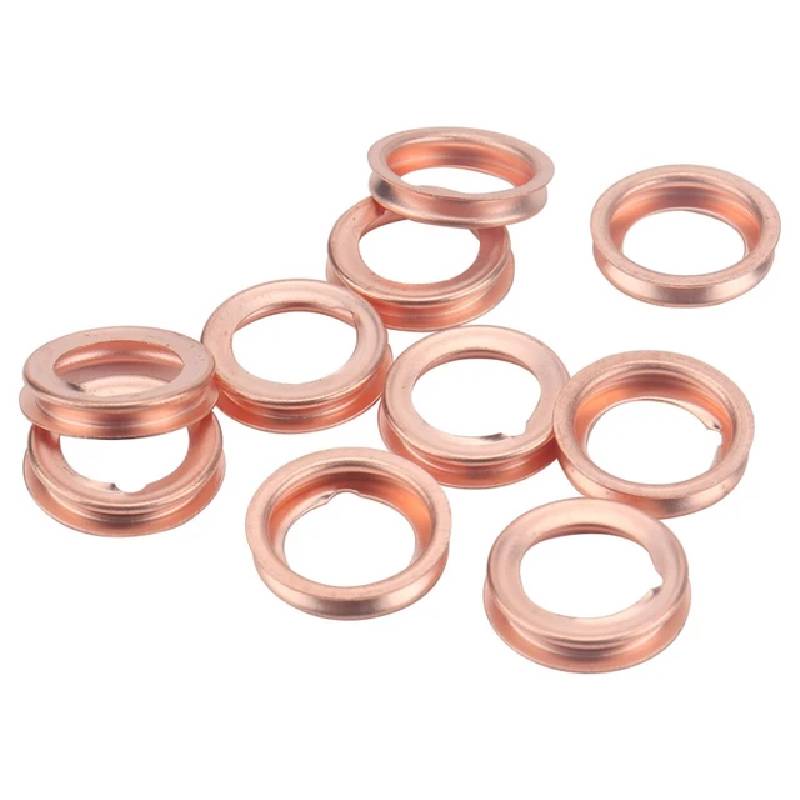Understanding Semi Trailer Wheel Seals for Enhanced Performance and Longevity
Understanding Semi-Trailer Wheel Seals Their Importance and Maintenance
Semi-trailers are an essential part of the trucking industry, allowing for the efficient transport of goods across long distances. One crucial component of a semi-trailer, often overlooked but vital for its safe operation, is the wheel seal. Proper maintenance and understanding of wheel seals can avert serious mechanical failures, ensuring the safety and reliability of your transportation operations.
What Are Wheel Seals?
Wheel seals are critical components designed to prevent contamination and loss of lubricating oil from the wheel hub assembly. These seals work diligently to keep dirt, moisture, and other pollutants from entering the wheel bearings while ensuring that the lubrication stays intact. This dual function is crucial because wheel bearings experience high levels of stress and friction during operation.
The primary material used in making wheel seals is rubber or synthetic elastomers, which provide flexibility and resilience under various operating conditions. They are typically installed between the wheel axle and the wheel hub, creating a barrier that protects the inner workings of the wheel assembly.
Importance of Wheel Seals
The importance of wheel seals cannot be overstated. A properly functioning wheel seal contributes significantly to the longevity and performance of the wheel bearing and axle system. Here’s why they are essential
1. Prevention of Contamination Ingress of water or dirt into the wheel bearings can lead to premature wear and tear or complete failure. A compromised seal can allow these elements to enter, leading to significantly reduced performance and lifespan of the bearings.
2. Oil Retention Wheel seals help keep the lubricant sealed within the bearing assembly. Loss of lubricant not only leads to overheating but can also result in catastrophic failures due to insufficient lubrication.
3. Safety Effective wheel seals are a matter of safety. Compromised seals can lead to wheel alignments issues, excess heat generation, and even wheel detachments while driving, posing serious risks to drivers and other road users.
semi trailer wheel seal

4. Cost Efficiency Regular maintenance and replacements of wheel seals can save substantial costs in repairs and downtime. Replacing a failed wheel bearing can be much more expensive than the simple task of replacing a wheel seal.
Maintenance and Inspection
To ensure that wheel seals function optimally, regular inspection and maintenance are paramount. Here are some steps to aid in maintaining wheel seals
- Regular Visual Inspections Regularly checking the condition of the wheel seal is essential. Look for signs of leakage or wear such as cracks or tears in the rubber. Early detection can prevent significant issues.
- Monitoring Lubricant Levels Ensure that lubricant levels are adequate. A low lubricant level could indicate that the wheel seal is failing.
- Checking for Heat and Noise Excessive heat or abnormal sounds from the wheel assembly could signal a failing wheel seal or bearing. Early intervention can prevent more severe damage.
- Professional Servicing Regular professional inspections and servicing can identify potential issues before they become serious problems. Mechanics can provide valuable expertise in assessing the condition of wheel seals.
Conclusion
In conclusion, wheel seals are a pivotal component of a semi-trailer’s wheel assembly, playing a critical role in the maintenance of bearings and overall safety. Regular inspections and proactive maintenance can extend the lifespan of these seals and the components they protect. By understanding their importance and implementing effective care practices, trucking companies can minimize risks and costs associated with wheel failures, ensuring smooth and safe transport operations. The investments made in maintaining wheel seals not only contribute to the safety of the vehicle but also enhance the overall reliability of the logistics operations, keeping goods moving efficiently across the roads.
-
Understanding the Front Main Engine Seal: Purpose, Maintenance, and Installation
News Jul.29,2025
-
Understanding O-Rings and Seal Rings: Types, Applications, and Custom Solutions
News Jul.29,2025
-
Understanding Crankshaft Oil Seals: Rear Seals, Pulley Seals, and Their Role in Engine Integrity
News Jul.29,2025
-
The Importance of Front and Rear Crankshaft Seals in Engine Performance and Oil Management
News Jul.29,2025
-
Crank Oil Seals: Functions, Types, and Cost Considerations in Engine Maintenance
News Jul.29,2025
-
A Comprehensive Guide to O-Rings and Seals: Types, Materials, and Global Applications
News Jul.29,2025
-
Mastering Diesel and Performance Engine Maintenance: A Guide to Critical Oil Gaskets
News Jul.28,2025
Products categories















